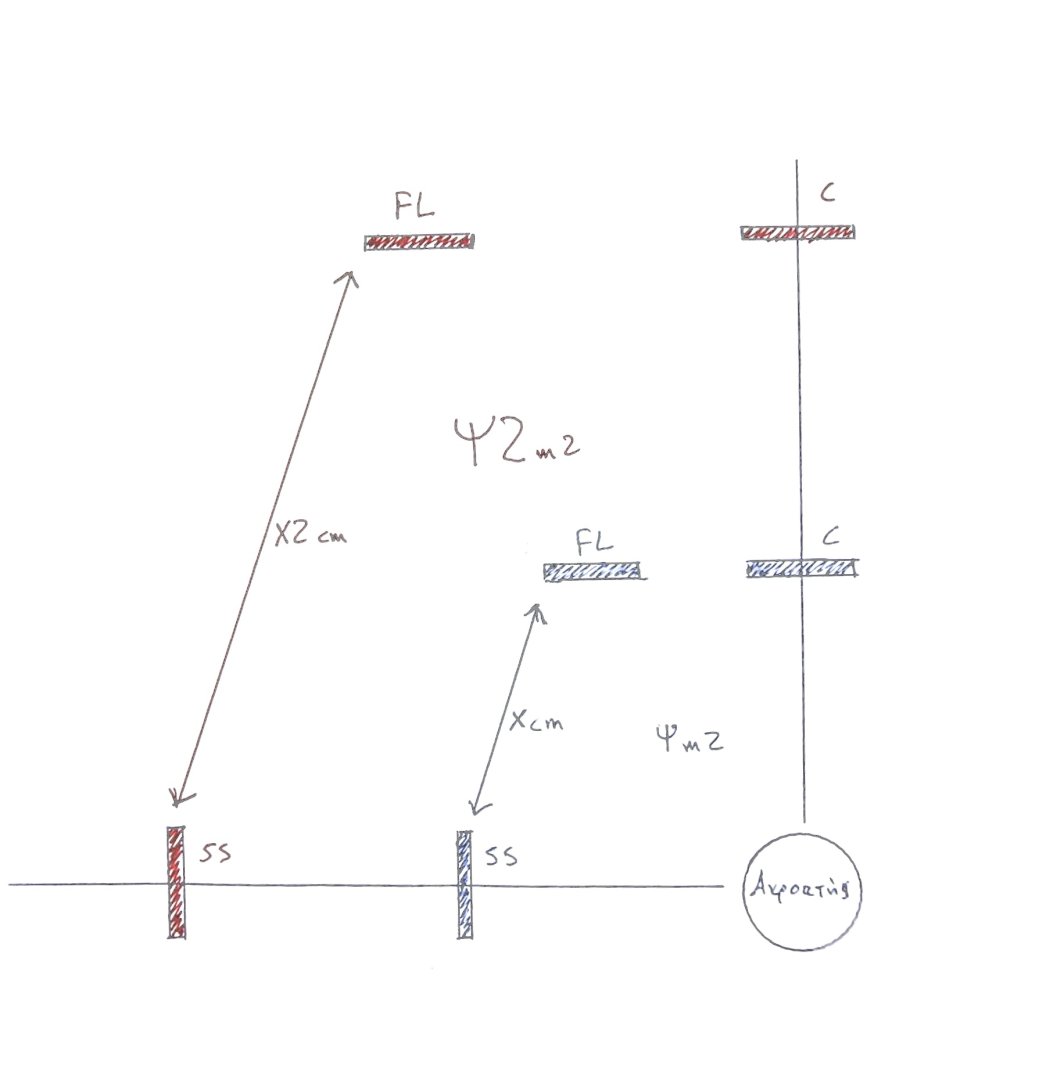- Μηνύματα
- 32.179
- Reaction score
- 92.781
Σίγουρα ο αριθμός σειρών σχετίζεται με τον αριθμό των surrounds, αλλά και το μέγεθος του δωματίου, όσο πιο μεγάλο, όσο πιο πολλές σειρές καθισμάτων, τόσα πιο πολλά ηχεία θα θέλαμε να έχουμε:Εξαρτάται από το χώρο. Αλλιώς μεταφράζονται τα 3m στα 20 m2 αλλιώς στα 40 m2, αλλιώς με μια σειρά θέσεων, αλλιώς με δύο, με τρεις, κλπ κλπ.

Trinnov | How many rows of seats are in your home theater?
Διαβάζοντας αυτό το αρχείο, βγάζουμε τις βασικές αρχές:
Για τα wides, μεταξύ άλλων αναφέρει:
Guidelines for high end home theater
Again, the purpose of the front wide speakers is to fill the large
gap between the screen speakers and the surround speakers.
This area is usually a problem for multiple reasons:
• Human localization is not very good for front-side directions.
• Sound images produced by a pair of speakers usually work
better when the head of the listener is pointing toward the center
of the pair, which is not possible in a home cinema context.
• The angle between the screen speakers (typically ±22°-30°) and
the side speakers (typically ±90°-100°) is extremely wide and
the resulting phantom sound images are blurred and unstable.
In this section, it is assumed that the L/R speakers are optimally
placed relative to the screen and that the surround speakers are
optimally placed relative to the listening area. Therefore, the front
wide speakers should be placed to optimize the bridge between
the L/R speakers and the first surround speakers (the closest
surround to the screen), regardless of the screen and the listening
area.
This is achieved by placing the front wide speakers at the median
angle between the L/R speakers and the corresponding first
surround speaker. The median angle is defined as the angle that
divides the distance between L/R speakers and the first surround
speakers into two segments of equal length.
Last edited:










